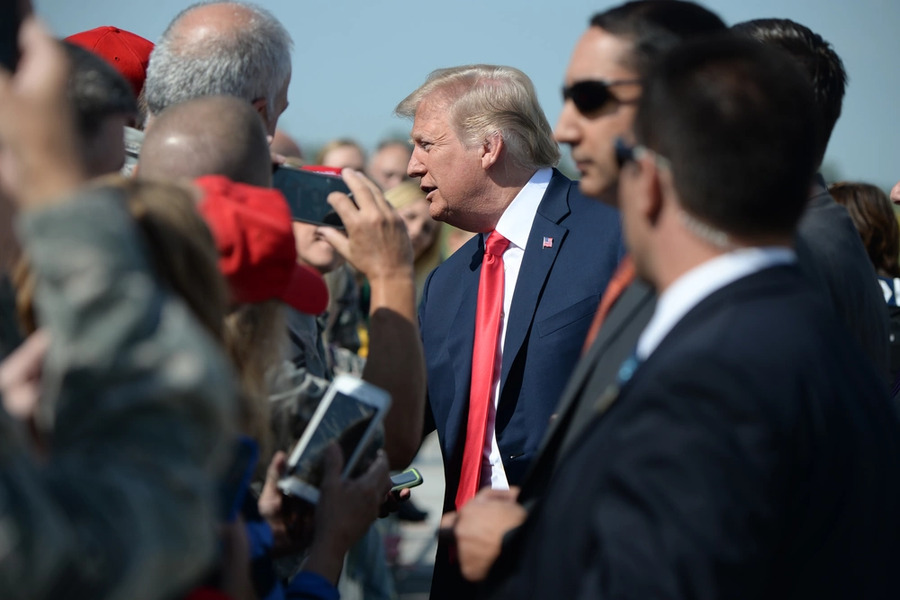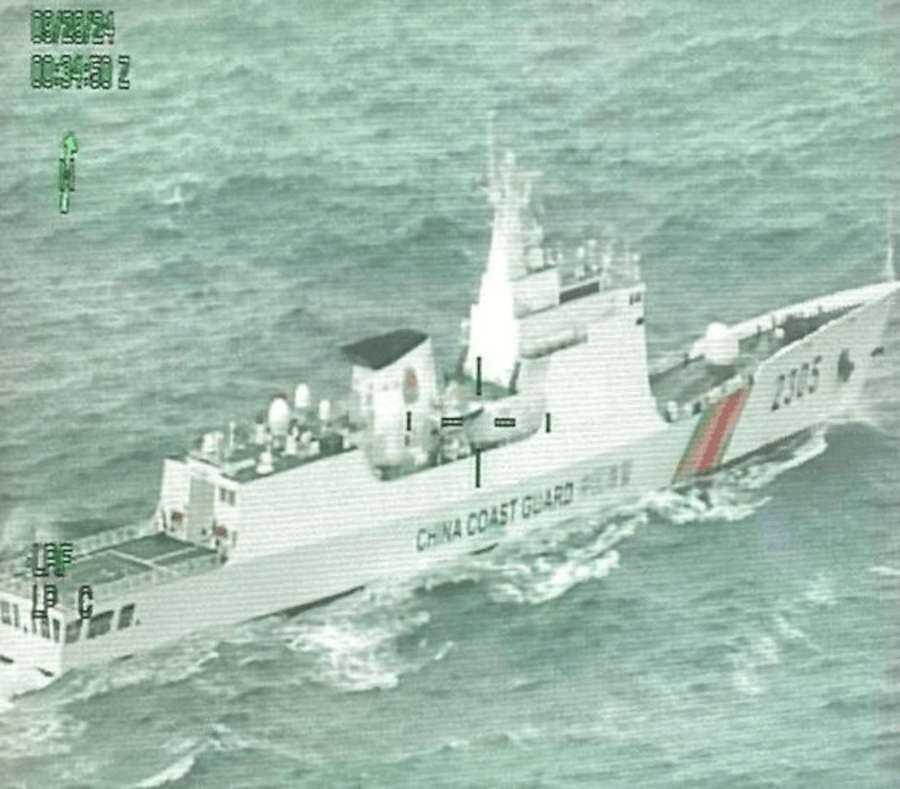Lederman on Secrecy, Nonacknowledgement, and Yemen
Marty Lederman has a long post picking apart the errors in last week’s AP story on last December’s drone strike in Yemen. Along the way he carefully parses the covert action statute, and has interesting things to say about the relationship between secrecy and non-acknowledgment, and how those concepts apply to CIA and DOD. A flavor:
What follows from this understanding of section 413b and the definition of “covert
Published by The Lawfare Institute
in Cooperation With

Marty Lederman has a long post picking apart the errors in last week’s AP story on last December’s drone strike in Yemen. Along the way he carefully parses the covert action statute, and has interesting things to say about the relationship between secrecy and non-acknowledgment, and how those concepts apply to CIA and DOD. A flavor:
What follows from this understanding of section 413b and the definition of “covert action”? First, and most importantly, the primary function of the statute is to prescribe what must happen if an activity is intended to be unacknowledged, rather than prescribing whether an activity can or should be acknowledged in the first instance. And this brings us to a common cart-and-horse misunderstanding: It is often assumed that a particular activity must remain unacknowledged because the President has signed a covert action finding authorizing that activity. But that gets things backwards. Rather, the President must sign a covert action finding if–that is, because–he has already determined that U.S. involvement in an activity to influence political, economic, or military conditions abroad should or must be unacknowledged–a determination that, as noted above, is a function of diplomacy and policy, not domestic law. Second, with one primary exception (discussed below), the legal rules themselves do not distinguish between agencies. The covert action statute applies, by its terms, to all “departments, agencies, or entities of the United States Government.” Thus, if an action falls within the covert action definition, it is subject to the rules of the statute–it must be subject to a presidential finding and reported to the intelligence committees–regardless of which agencies are involved. More generally, as far as the law is concerned, both the CIA and DOD can engage in activities that are not officially acknowledged; and likewise, both can engage in overseas activities that are officially acknowledged, as long as they have an independent source of affirmative authority for doing so (such as the AUMF or Article II). Moreover, and as section 413b indicates, the key question is typically not whether the involvement of any particular agency should be officially acknowledged, but instead about whether the United States’s involvement should be acknowledged. (It is possible, I suppose, that in a particular case there might be reason to acknowledge the actions of one agency but not another–for instance, if that is what an ally insists upon as a condition of cooperation. But again, that would be a function of diplomatic particulars, not the law.) The principal exception to the parallel legal treatment between DOD and the CIA is that “traditional military activities” are excluded from the definition of covert action. What follows from this exception? Not that the military cannot engage in unacknowledged activities — it can — but instead that the military is exempt from the detailed section 413b finding/oversight/reporting regime. If the armed forces engage in a “traditional” military activity, then by definition that activity doesn’t fall within section 413b, and therefore it need not be authorized by a presidential finding, and it need not be reported to the intelligence committees, even if that activity is “designed to influence political, economic, or military conditions abroad” and is undertaken “with the intent that the role of the U.S. Government will not be apparent or acknowledged publicly.” (Of course, DOD actions are subject to oversight by the armed services committees, and can be subject to internal National Security Council oversight or coordination if the President directs it. But these constraints upon the military’s unacknowledged activities are as a general rule less robust than the requirements of section 413b.) The question of which DOD activities are “traditional” is beyond the scope of this post, except to note that unacknowledged DOD actions can be “traditional,” at least as long as they are undertaken “by military personnel under the direction and control of a United States military commander . . . preceding hostilities which are anticipated . . . involving U.S. military forces, or where such hostilities are ongoing, where the fact of the U.S. role in the overall operation is apparent or to be acknowledged publicly.” S. Rep. No. 102-85, at 46 (1991).
Jack Goldsmith is the Learned Hand Professor at Harvard Law School, co-founder of Lawfare, and a Non-Resident Senior Fellow at the American Enterprise Institute. Before coming to Harvard, Professor Goldsmith served as Assistant Attorney General, Office of Legal Counsel from 2003-2004, and Special Counsel to the Department of Defense from 2002-2003.




.jpg?sfvrsn=118b03e5_5)
